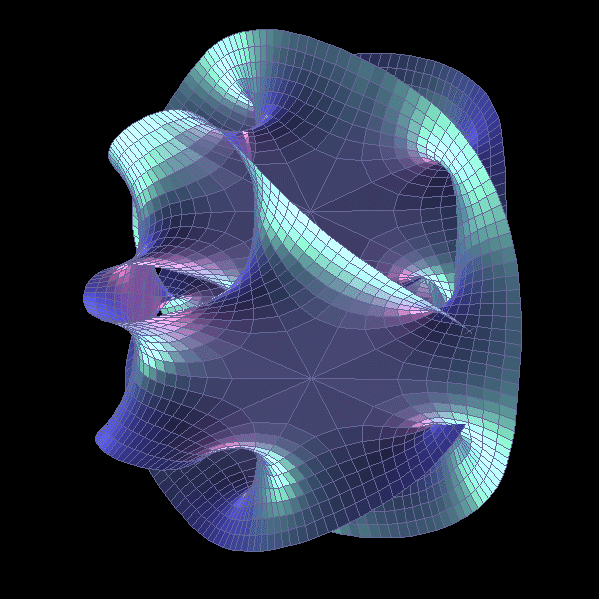Tuesday, April 26, 2011
Planted Aquarium of the Day
Labels:
planted aquarium,
planted tank aquascapes
Friday, April 22, 2011
Original Home of the Betta

Contrary to popular belief, betta do not come from mud puddles. They come from Thailand (used to be called Siam, hence "Siamese Fighting Fish") and live in rice paddies, these usually are a good 12 inches deep and can be acres wide.
The rice paddies are huge, and yes, shallow. They're very weed-choked and slow moving bodies of water. The thick vegetation provides plenty of hiding places which is important for betta.
Labels:
betta,
Betta care,
rice paddies
Monday, April 18, 2011
Icy
Cutest Betta I've ever seen!
Spawned him twice.
He has his own 5 gallon heated tank with plenty of plants and hiding spots.
Such a big personality for a little fish.
i ♥ my friend
Spawned him twice.
He has his own 5 gallon heated tank with plenty of plants and hiding spots.
Such a big personality for a little fish.
i ♥ my friend
Labels:
betta,
Betta fish,
Betta fish Care
Sunday, April 17, 2011
Benefits of Adding Carbon Dioxide to the Aquarium

Plants need light and food to grow, but did you know that they also need CO2 or carbon dioxide? Aquarium owners who stock live plants will find that the addition of carbon dioxide to their tank will help fuel the growth of their live freshwater plants.
Adding carbon dioxide to your fish tank produces some highly noticeable effects immediately. It’s like giving them a boost of energy, which helps them grow.
Labels:
CO2 systems,
planted tanks
Saturday, April 16, 2011
Nature by Numbers
Labels:
Fibonacci numbers,
Nature by Numbers
Cool Animated Gifs
Labels:
animated gifs,
quantum physics,
Theory of Relativity
Friday, April 15, 2011
DIY semi-aquatic background with Java Moss wall and Waterfall
This 29 gallon semi-aquatic aquascape was built to accomodate about 8 gallons of water. A custom built filter hidden beneath the waterfall feeds filtered water to both the waterfall and a dripline that spans the length of the top of the background. The dripline made it possible to cultivate a growing carpet of Java Moss on the rock wall which made for a nice "rain forest" dripping effect.
Labels:
aqariums,
creative fish tanks,
dramatic aquascapes,
plants
Thursday, April 14, 2011
DIY aquarium background - 90 gallon made from styrofoam and cement
This 90 gallon background was built using a horizontal stacking method. The styrofoam pieces on the bottom are intentionally flush with the sides and back of the aquarium to create a type of "shelf" that's higher than the substrate in front of the background. The idea is to help discourage substrate from accumulating behind the rock formations. Generous amounts of GE brand Silicone #1 were applied to all surfaces where styrofoam or cement met glass. Even with three coats of cement, these pieces would easily float if not secured in place by the silicone. Once the lower rock formation sections were built and siliconed in place, the rest of the background was built up from there by applying single pieces siliconed directly to the glass. With all the cement and and liquid acrylic work completed, the cement was allowed a few days to finish curing before beginning the tap water rinsing process. This was an exciting moment during the build process. After several weeks of work, the garden hose fills the tank for the very first time to begin the tap water rinse. The tank will soak for three days, be drained, and filled again. This process will be done three times for a total of nine days to help leach out excess calcium and magnesium from the cement.
Labels:
aquariums,
creative fish tanks,
dramatic aquascapes
Subscribe to:
Posts (Atom)






